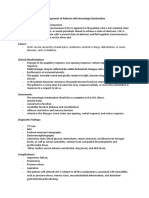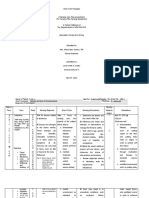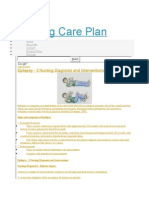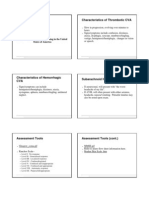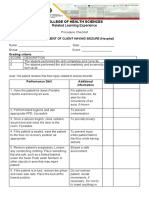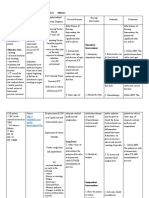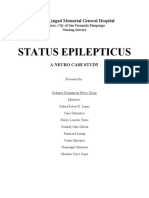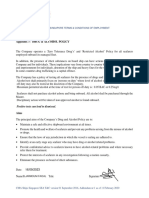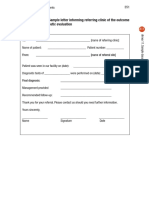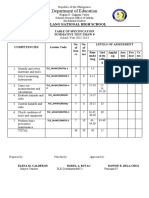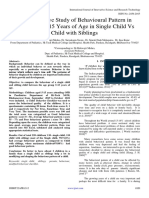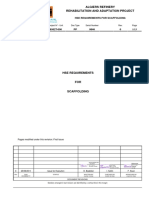0% found this document useful (0 votes)
125 views3 pagesNursing Care for Seizure Management
The document summarizes the health care provider's notes and orders for a 39-year old male patient who experienced multiple seizures over a few days. It notes the patient's subjective reports and objective symptoms observed during the seizures. The assessment determined the patient had a CVD bleed and seizures. The nursing intervention goals were to control the patient's pain, educate them on seizure warning signs and management, and prevent accidents. After 8 hours the goals were met as the patient's pain was reduced and they understood how to manage seizures and ask for assistance.
Uploaded by
Shelvin Jules LayvaCopyright
© © All Rights Reserved
We take content rights seriously. If you suspect this is your content, claim it here.
Available Formats
Download as DOCX, PDF, TXT or read online on Scribd
0% found this document useful (0 votes)
125 views3 pagesNursing Care for Seizure Management
The document summarizes the health care provider's notes and orders for a 39-year old male patient who experienced multiple seizures over a few days. It notes the patient's subjective reports and objective symptoms observed during the seizures. The assessment determined the patient had a CVD bleed and seizures. The nursing intervention goals were to control the patient's pain, educate them on seizure warning signs and management, and prevent accidents. After 8 hours the goals were met as the patient's pain was reduced and they understood how to manage seizures and ask for assistance.
Uploaded by
Shelvin Jules LayvaCopyright
© © All Rights Reserved
We take content rights seriously. If you suspect this is your content, claim it here.
Available Formats
Download as DOCX, PDF, TXT or read online on Scribd
/ 3












